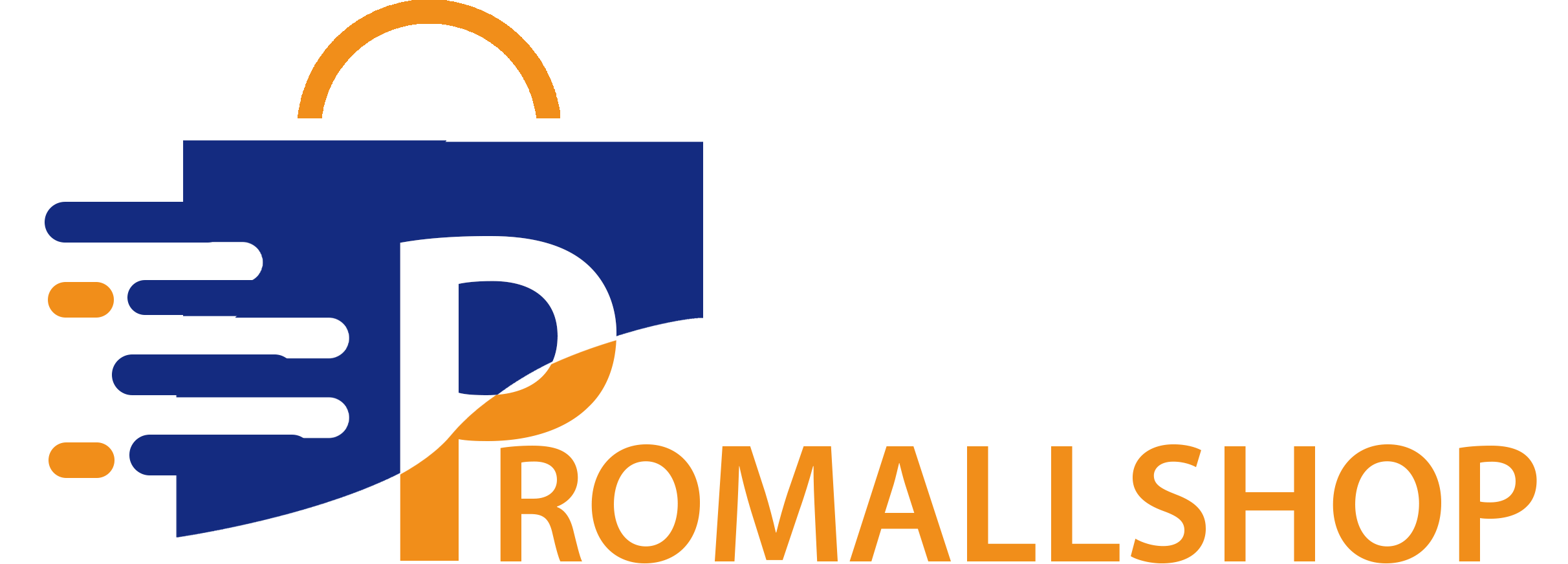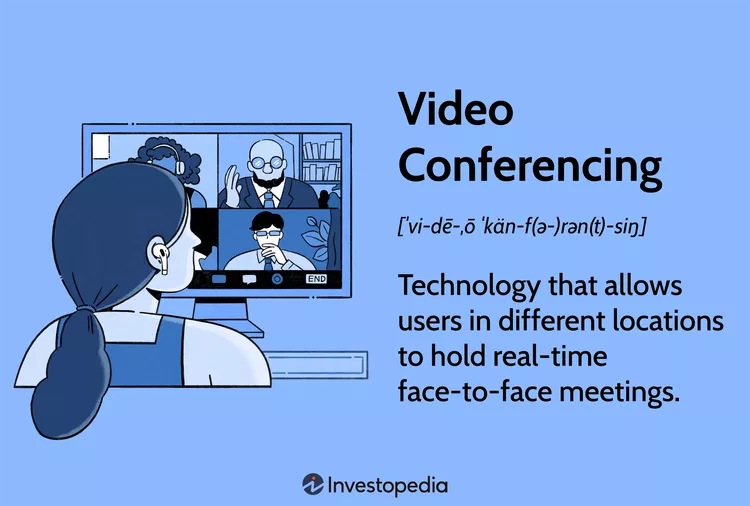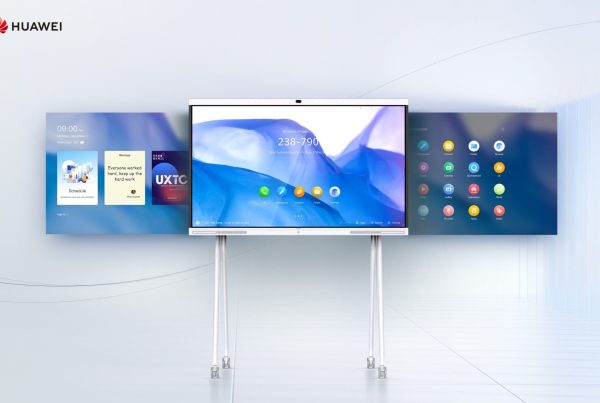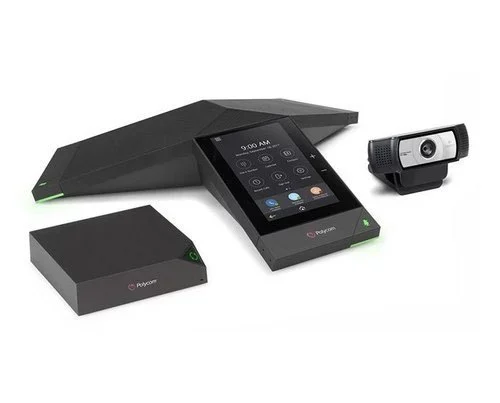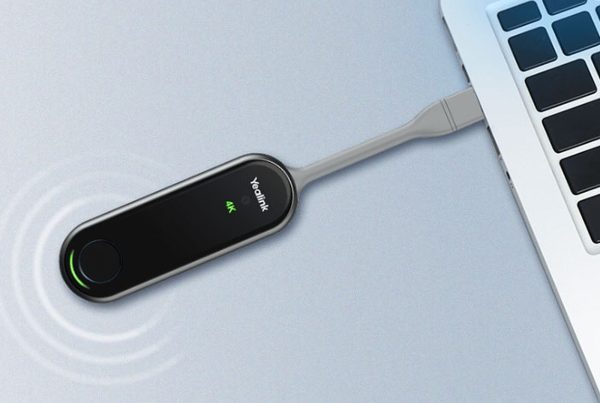Introduction
In today’s hybrid work world, having the best video conferencing system is more than a convenience—it’s essential. Whether you’re a small team working remotely or a large business with multiple locations, the right setup can turn awkward, glitchy meetings into seamless conversations that feel face-to-face. But with so many options out there, how do you pick the right one for your office?
Think of your video conferencing setup like choosing a vehicle for your team: Do you need a compact car for a few people, or a van that can carry a team of ten? It’s all about what fits your business best.
Let’s break it down and help you make the right choice.
Table of Contents
- Introduction
- Understand Your Office Needs
- Best Video Conferencing System Features to Look For
- Hardware vs Software: What Really Matters?
- Affordable Business Video Conferencing Options
- Evaluating Top-Rated Video Conferencing Tools
- Security and Privacy in Office Conferencing
- Small Office Conferencing Recommendations
- Professional Video Meeting Hardware Setup
- Where to Shop VC Solutions
- Conclusion
- FAQs
Understand Your Office Needs
Before diving into the sea of tech specs and features, take a moment to assess what your office actually requires. Ask yourself:
- How many people will use the system daily?
- Will you be hosting external meetings with clients or partners?
- Are most meetings one-on-one or team-based?
Knowing your team size and usage type is key. A startup with five team members will have very different needs from a multinational firm running multiple conference rooms.
Best Video Conferencing System Features to Look For
When choosing the best video conferencing system, look out for features that make life easier—not harder. Some top features include:
- HD video and crystal-clear audio
- Screen sharing and file sharing options
- Scheduling integrations with Google or Outlook Calendar
- Recording capabilities for later playback
- Mobile support for team members on the go
The right system should feel like second nature, not a chore to operate.
Hardware vs Software: What Really Matters?
Here’s a common dilemma: Do I invest more in video conferencing software or hardware? Truth is, both matter.
Software like Zoom, Microsoft Teams, or Google Meet provides the platform, while hardware—webcams, mics, speakers—delivers the experience.
If your software is top-notch but your microphone sounds like it’s underwater, your meetings will suffer. Likewise, a $1,000 camera won’t help if your software constantly lags.
Affordable Business Video Conferencing Options
You don’t have to burn through your budget to get a good setup. Several affordable business video conferencing options exist that cater to small and medium-sized teams. Look for:
- Free plans with upgrade flexibility
- Equipment bundles that include a camera, speaker, and mic
- Cloud-based solutions that don’t require physical infrastructure
Platforms like Zoom, Google Meet, and Zoho Meeting offer budget-friendly options with robust features. For hardware, consider trusted brands like Logitech or Norden.
Evaluating Top-Rated Video Conferencing Tools
Now, let’s talk brands and platforms. Here are some top-rated video conferencing tools to consider:
- Zoom – Easy to use, reliable, with strong integrations
- Microsoft Teams – Great for Office 365 users
- Cisco WebEx – Best for enterprise-level security
- Google Meet – Seamless for Google Workspace users
- BlueJeans – High-quality audio and video
Want an in-depth conferencing system analysis? Check out this helpful YouTube video breakdown comparing popular systems.
Security and Privacy in Office Conferencing
Privacy isn’t optional. A secure office video conferencing setup protects your internal data and client conversations. Look for:
- End-to-end encryption
- Two-factor authentication
- Admin controls for user access
- Scure cloud storage
Especially when dealing with client data, compliance and privacy laws (like GDPR) make security a must-have feature, not a luxury.
Small Office Conferencing Recommendations
Running a small team? Then your best solution might not be the biggest or flashiest one. Here’s what to consider:
- Compact equipment (all-in-one video bars work well)
- Software with low bandwidth usage
- Tools with chat, file sharing, and integration features
Need help picking the right gear? You can always shop VC Solutions tailored to office sizes and budgets.
Professional Video Meeting Hardware Setup
Your video calls should look and sound professional—no fuzzy images or echoey audio. Here’s your basic hardware checklist:
- Webcam: 1080p minimum
- Microphone: Noise-cancelling, omni-directional
- Speakers or headset: Clear audio output
- Lighting: Soft ring lights or natural lighting helps
- Display screen: Large enough to view multiple attendees
A good system blends quality with usability—think plug-and-play over complicated wires.
Where to Shop VC Solutions
Looking to get the best equipment at competitive prices? Explore your options and shop VC Solutions at Promallshop.
You’ll find:
- Conference webcams
- Portable speakerphones
- Video bars for huddle rooms
- Bundled kits for easy setup
Want more advice? Visit our blog for detailed guides on selecting gear for your specific office type.
Conclusion
Choosing the best video conferencing system doesn’t have to be overwhelming. It comes down to understanding your needs, matching them with the right tools, and making sure the user experience is smooth.
Whether you’re a tech-savvy office or just starting to build a digital communication space, there’s a solution that fits. And with so many options now, it’s easier than ever to find one that’s professional, secure, and budget-friendly.
For peace of mind and a streamlined setup, don’t forget to shop VC Solutions at Promallshop—where quality meets affordability.
FAQs
Clarity—both video and audio—makes the biggest impact. No one wants to ask, “Can you hear me now?”
Yes! Tools like Zoom and Google Meet offer solid free plans that work well for small businesses.
Choose systems with encryption, secure login, and admin control features. Avoid public links for private meetings.
Often yes, but for professional quality, upgrading your mic and camera may be necessary.
You can shop VC Solutions at Promallshop to find a wide range of professional and affordable gear.
